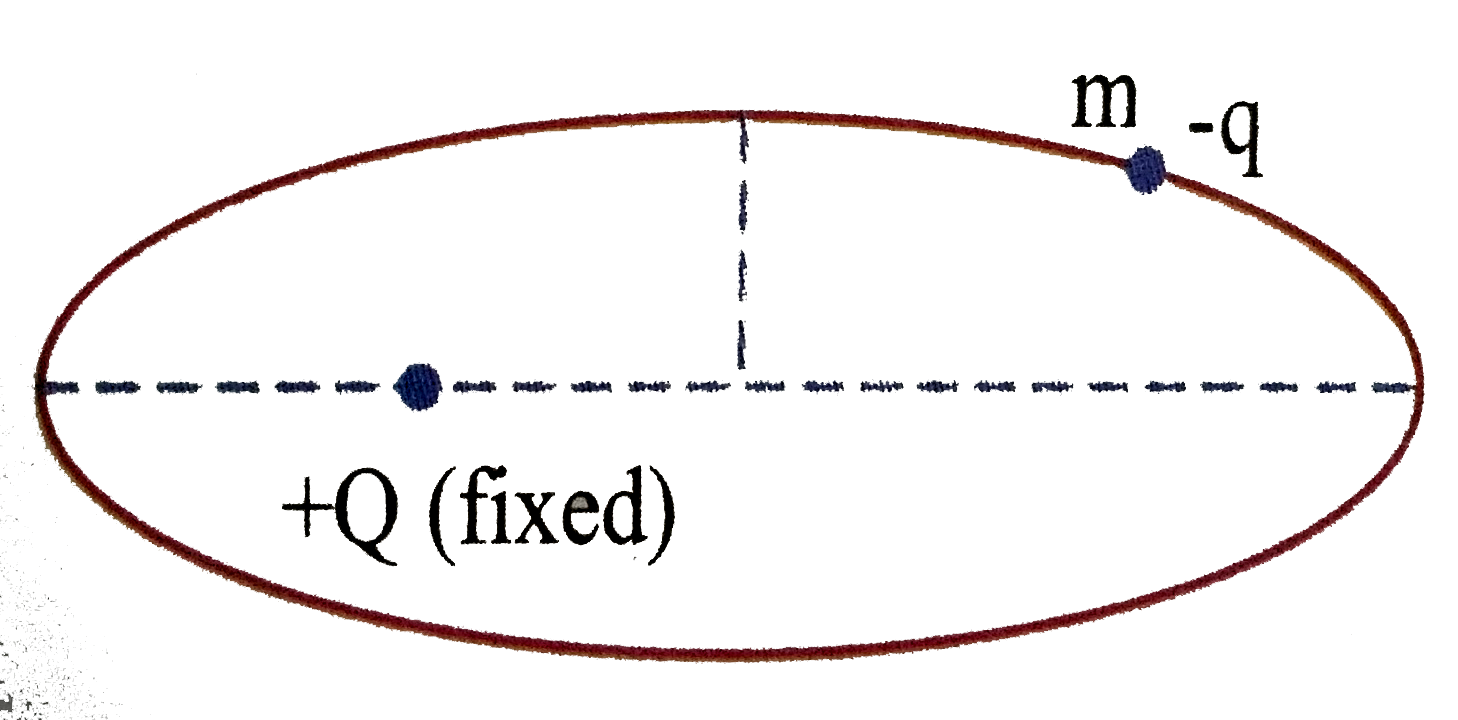Concentration of electric charges (negative or positive) due to the imbalance of charges in an object
Step-by-Step Solution:
1. Understanding Charge Neutrality:
- An object is considered neutral when it has an equal number of positive charges (protons) and negative charges (electrons).
- Mathematically, this can be expressed as:
Number of Protons=Number of Electrons
2. Identifying Imbalance of Charges:
- If there is an imbalance between the number of protons and electrons, the object will either have a positive or negative charge.
- This imbalance can occur in two ways:
- Case 1: The number of protons is greater than the number of electrons.
- Case 2: The number of electrons is greater than the number of protons.
3. Analyzing Case 1 (Positive Charge):
- If the number of protons (positive charges) is greater than the number of electrons (negative charges):
Number of Protons>Number of Electrons
- The object will have an overall positive charge.
4. Analyzing Case 2 (Negative Charge):
- If the number of electrons is greater than the number of protons:
Number of Electrons>Number of Protons
- The object will have an overall negative charge.
5. Conclusion:
- The concentration of electric charges in an object is determined by the balance between protons and electrons.
- An excess of protons leads to a positive charge, while an excess of electrons leads to a negative charge.
- An object is considered neutral when it has an equal number of positive charges (protons) and negative charges (electrons).
- Mathematically, this can be expressed as:
Number of Protons=Number of Electrons
- If there is an imbalance between the number of protons and electrons, the object will either have a positive or negative charge.
- This imbalance can occur in two ways:
- Case 1: The number of protons is greater than the number of electrons.
- Case 2: The number of electrons is greater than the number of protons.
- If the number of protons (positive charges) is greater than the number of electrons (negative charges):
Number of Protons>Number of Electrons
- The object will have an overall positive charge.
- If the number of electrons is greater than the number of protons:
Number of Electrons>Number of Protons
- The object will have an overall negative charge.
- The concentration of electric charges in an object is determined by the balance between protons and electrons.
- An excess of protons leads to a positive charge, while an excess of electrons leads to a negative charge.
Topper's Solved these Questions
- ELECTRICITY BOOK - ICSECHAPTER - ELECTRICITY EXERCISE - Exercises (Section I) Choose the correct option
6 Videos
- ELECTRICITY BOOK - ICSECHAPTER - ELECTRICITY EXERCISE - Exercises (Section I) Write T for True and F for False. Correct the false statements
6 Videos
- ELECTRICITY BOOK - ICSECHAPTER - ELECTRICITY EXERCISE - Questions (Write T for true and F for False. Correct the false statements)
5 Videos
- ENERGYBOOK - ICSECHAPTER - ENERGYEXERCISE - THEME ASSIGNMENT
4 Videos
Similar Questions
Knowledge Check
There are two types of electric charges positive charges and negative charges. The property which differentiates the two types of charges is
Afield of chargeBamount of chargeCstrength of chargeDpolarity of chargeAssertion : In a uniform electric field electrons move in the opposite direction of electric field.
Reason : This is because of the negative charge of an electron.AIf both assertion and reason are true and reason is the correct explanation of assertion.BIf both assertion and reason are true but reason is not the correct explanation of assertion.CIf assertion is true but reason is false.DIf both assertion and reason are false.
A positive point charge +Q is fixed in space .A negative point charge −q of mass m revolves around a fixed charge in elliptical orbits .The fixed charge +Qis at one focus of the ellipse.The only force acting on negative charge is the electrostatic force due to positive charge is the electrostatic force due to positive charge.Then which of the following statement is true

View Solution(a) Define electric flux. Write its S.I. units.
(b) Using Gauss's law, prove that the electric field at a point due to a uniformly charged infinite plane sheet is independent of the distance from it.
(c ) How is the field directed if (i) the sheet is positively charged, (ii) negatively charged ?
View SolutionIn case of electronic current the charge flows from negatively charged body to the Positively charged body. The body which is at higher potential is :
View SolutionAn infinite number of charges each q are placed in the x-axis at distances of 1, 2, 4, 8, ………meter from the origin. If the charges are alternately positive and negative find the intensity of electric field at origin.
View SolutionTwo concentric metallic spherical shells are given positive charges . Then
View SolutionA given charge is situated at a certain distance from an electric dipole in the end-on position experiences a force F If the distance of the charge is doubled, the force acting on the charge will be
View Solution
